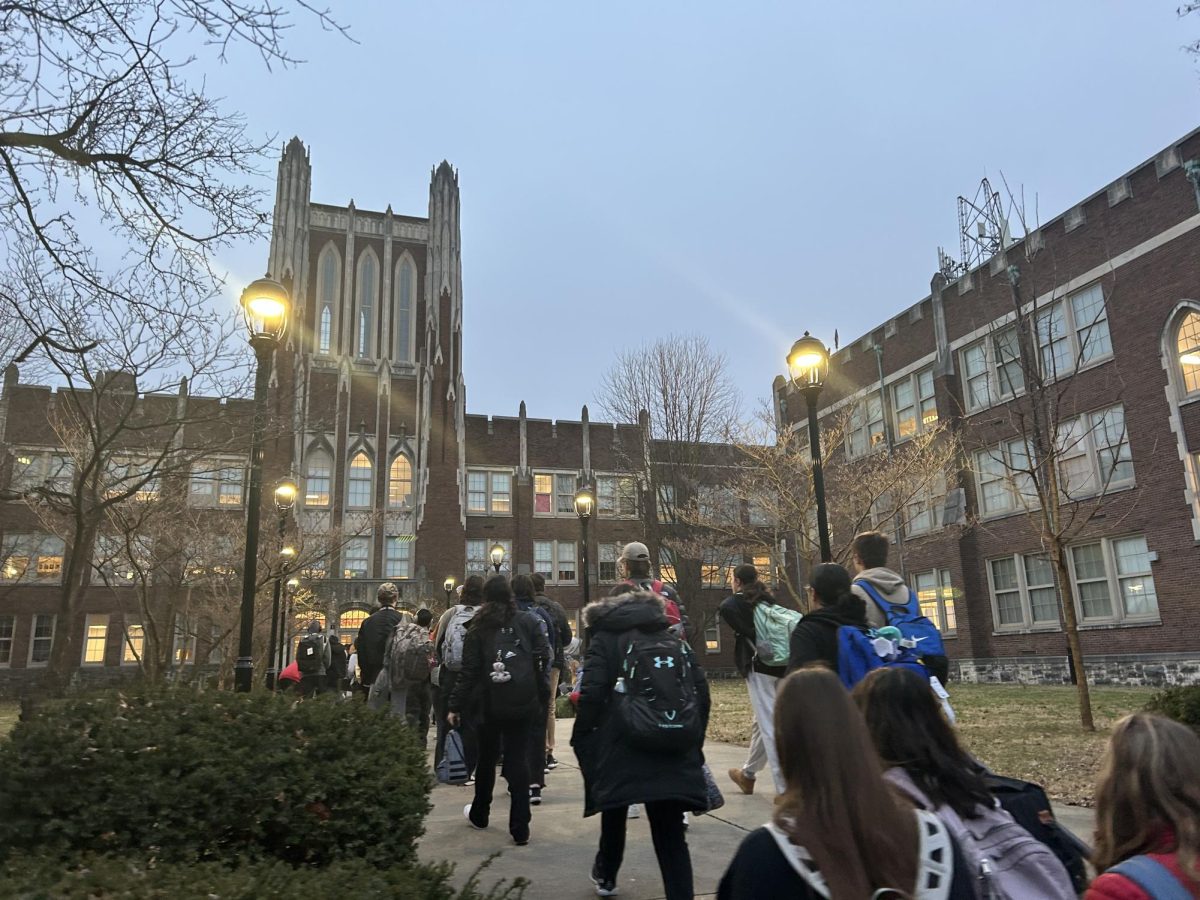At some point during the four required English credits at Manual, you are going to learn at least a little about traditional poetry forms. Whether you learn about the romantic poets like John Keats and William Wordsworth or read about the more modern poets like Gwendolyn Brooks or Sylvia Plath in the required summer reading for AP English Literature and Composition, chances are, you will encounter poetry at some point.
While traditional poetic forms like the sonnet and sestina will always be treasured by literature enthusiasts, one of the most modern forms of poetry is slam poetry. Slam poets have gained fame through competitions called poetry slams, a tournament where the audience or a panel of judges (or a panel of judges selected at random from the audience) decides which poets go on through the rounds and finally win the slam. And, of course, in today’s age of social media, YouTube has helped a lot in spreading awareness and enthusiasm.
Differentiating between slam poetry and traditional poetry can be rather difficult in passing conversation, but Cat Runner (10, J&C), who takes the Creative Writing class, explained it well.
“In slam poetry you can feel the emotion while in traditional poetry it’s more like you’re observing,” he said.
Manual has had two poetry slam competitions in the past year, both in the YPAS experimental theatre. Samantha Crowder (12, MST), spectator at the fall slam and participant at the spring slam, is especially excited about this poetry form.
“Slam poetry is immensely emotional,” Crowder said. “It’s a personal monologue. It’s something you feel within your veins, a stream of consciousness with word play.”
Slam poetry has derived from these competitions and is also known as performance poetry. Performance poetry means that instead of just reading the poem, the poet physically acts out the poem or externally shows their enthusiasm and passion for the poem they are reading. Most slam poems are defined by some sort of struggle (internal or external, individual or societal) that speaks directly to its audience. Like visual art, poetry has many different embodiments that have grown and evolved over time.
To experience local slam poetry first hand, attend One Blue Wall’s Open Mic Night on May 16 in the Freshman Cafeteria, or attend the annual Open Mic Night at Day’s Coffee and Espresso (the first Friday of every month at 6 p.m.).
Check out some of the most notable slam poems:
OCD by Neil Hilborn
Mrs. Dahmer by Sierra DeMulder
How to Make Love to a Trans Person by Gabe Moses
Gender is a Universe by Lacey Roop
Say Yes by Andrea Gibson









